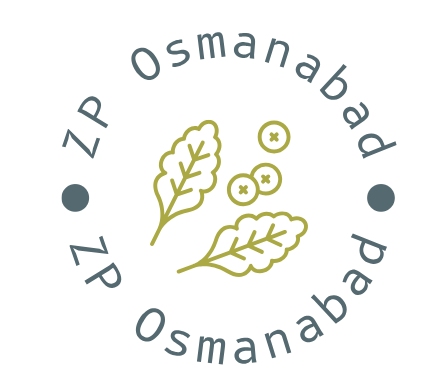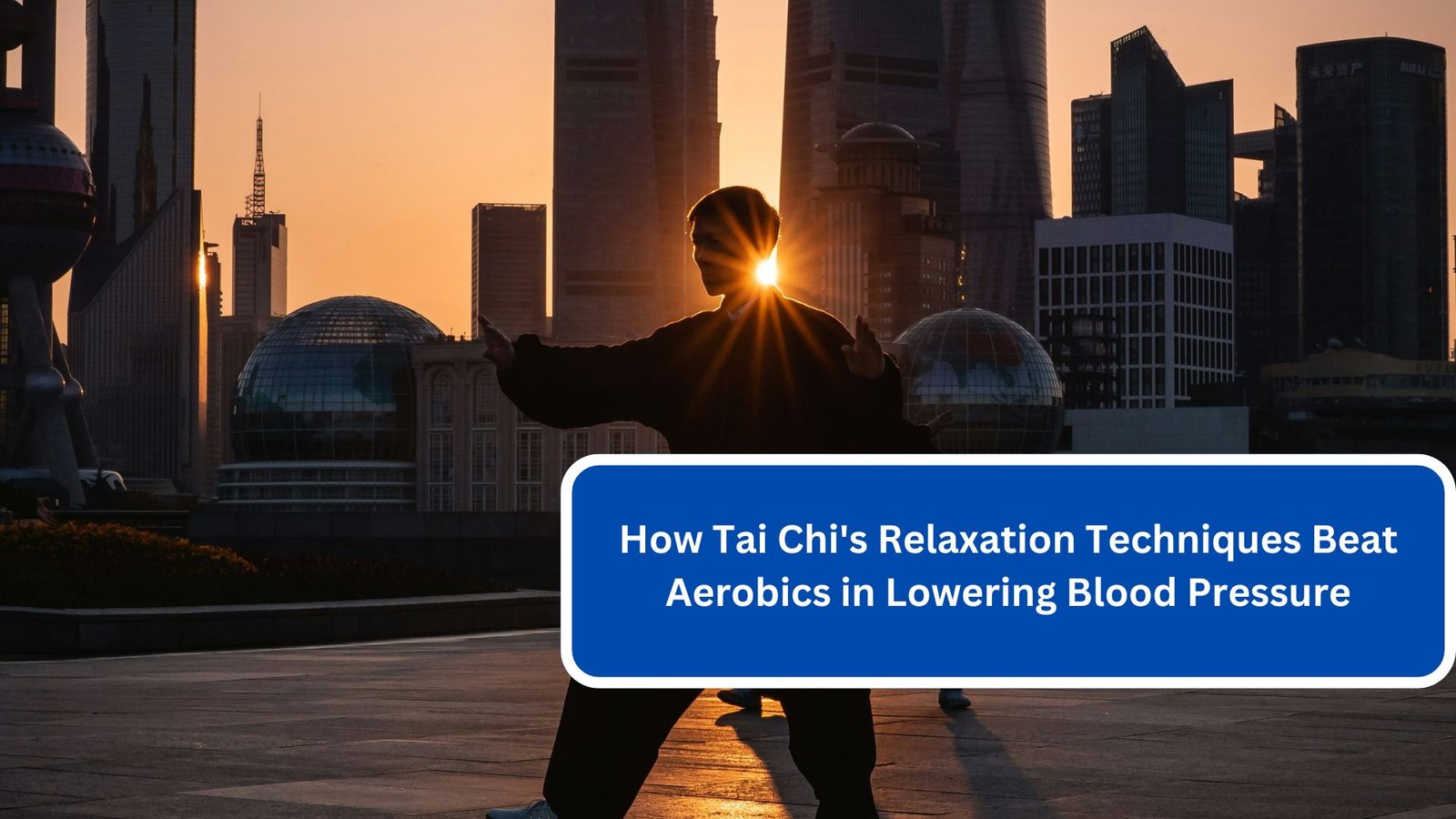Hypertension, commonly known as high blood pressure, is one of the most widespread health conditions affecting millions of people worldwide. It is often referred to as the “silent killer” because of its asymptomatic nature and severe long-term complications, including heart disease, stroke, and kidney failure. Managing high blood pressure is crucial, and exercise is widely recommended as part of an effective treatment plan. While traditional aerobic exercises such as running, swimming, and cycling have long been considered the go-to solution for managing blood pressure, emerging research highlights that Tai Chi, an ancient Chinese martial art and mind-body practice, may actually offer greater benefits in lowering blood pressure.
This article will explore why Tai Chi’s relaxation techniques can be more effective than traditional aerobic exercises for reducing blood pressure. We will examine the physiological and psychological mechanisms behind Tai Chi, the role of stress in hypertension, and the unique advantages that this low-impact exercise offers compared to aerobic workouts.
Understanding Blood Pressure and Hypertension
Blood pressure is the force of blood against the walls of arteries as the heart pumps it around the body. It is measured in millimeters of mercury (mmHg) and recorded as two numbers: systolic pressure (the top number), which represents the pressure when the heart beats, and diastolic pressure (the bottom number), which shows the pressure when the heart rests between beats.
Hypertension occurs when this pressure is consistently too high, typically classified as a reading above 130/80 mmHg. The causes of high blood pressure include genetic factors, unhealthy lifestyle choices (such as poor diet and lack of exercise), and stress. Prolonged periods of high stress trigger the body’s “fight or flight” response, leading to the release of hormones like adrenaline and cortisol, which increase heart rate and constrict blood vessels, contributing to elevated blood pressure.
Traditional Aerobic Exercises for Blood Pressure Control
For years, aerobic exercises have been at the forefront of hypertension management. Aerobic workouts involve sustained, rhythmic movements that improve cardiovascular fitness, increase oxygen consumption, and strengthen the heart. Activities like running, swimming, cycling, and brisk walking are all effective in promoting cardiovascular health and improving blood circulation.
The Limitations of Aerobics for Hypertension
While aerobic exercises are undoubtedly beneficial for heart health, they may not address the full spectrum of issues contributing to high blood pressure, especially when stress and anxiety are involved. High-intensity aerobic workouts can increase heart rate and adrenaline production, which may exacerbate stress in certain individuals, especially those not accustomed to rigorous exercise. Aerobic exercise primarily targets physical fitness, but for those whose high blood pressure is stress-induced, it may not address the underlying psychological factors.
This is where Tai Chi offers a unique advantage. Tai Chi is a low-impact exercise that blends movement, meditation, and deep breathing, and it is known for its ability to reduce both physical and mental stress—key contributors to hypertension.
Tai Chi: A Holistic Approach to Blood Pressure Management
Tai Chi, often referred to as “meditation in motion,” originated as a martial art in ancient China. Over time, it evolved into a practice focused on cultivating internal energy (qi) and promoting health and relaxation. The slow, flowing movements of Tai Chi are designed to harmonize the mind, body, and spirit, which can have profound effects on overall well-being. When it comes to blood pressure management, Tai Chi’s unique blend of movement and relaxation provides significant advantages over aerobic exercise.
1. Stress Reduction and the Mind-Body Connection
One of the primary reasons Tai Chi excels in lowering blood pressure is its ability to reduce stress. Stress is a major contributor to hypertension, and while aerobic exercises can relieve tension through physical exertion, Tai Chi directly targets the mental and emotional aspects of stress. By focusing on slow, controlled movements, deep breathing, and mindfulness, Tai Chi induces a state of relaxation, calming the nervous system.
Activation of the Parasympathetic Nervous System
The human body operates under two main branches of the autonomic nervous system: the sympathetic nervous system, which controls the “fight or flight” response, and the parasympathetic nervous system, which promotes rest, relaxation, and recovery. When we are stressed, the sympathetic nervous system is activated, leading to an increase in heart rate, blood pressure, and the release of stress hormones like cortisol and adrenaline.
Tai Chi promotes the activation of the parasympathetic nervous system, shifting the body from a state of alertness and stress to one of calm and relaxation. This shift reduces heart rate, lowers blood pressure, and improves overall cardiovascular function. Unlike high-intensity aerobics, which may stimulate the sympathetic nervous system, Tai Chi works to balance the body’s stress response, offering long-term benefits for blood pressure control.
Mindfulness and Mental Clarity
Tai Chi incorporates mindfulness practices that encourage participants to focus on the present moment, their breath, and their movements. This mindfulness component reduces mental chatter and anxiety, helping individuals break the cycle of stress that can lead to hypertension. Studies have shown that mindfulness practices, including Tai Chi, can significantly reduce stress-related symptoms and improve emotional well-being, which directly contributes to lower blood pressure.
2. Low-Impact, Gentle Movements
Unlike aerobic exercises that can be physically demanding, Tai Chi is characterized by its gentle, low-impact movements, making it accessible to people of all fitness levels and ages. This is particularly important for older adults or individuals with limited mobility, who may struggle to participate in high-intensity aerobic workouts.
The slow, deliberate movements in Tai Chi improve circulation and promote cardiovascular health without placing undue strain on the heart. In contrast to aerobic exercises, which can lead to short-term spikes in blood pressure during exertion, Tai Chi provides a consistent and sustainable way to improve heart function over time without the risk of overexertion.
3. Improved Breathing and Oxygenation
Tai Chi emphasizes deep, controlled breathing, which plays a crucial role in regulating blood pressure. Deep diaphragmatic breathing, also known as abdominal breathing, helps increase oxygen intake and promotes relaxation. When practiced regularly, this type of breathing can lower heart rate, reduce blood pressure, and enhance lung capacity.
The combination of slow movements and controlled breathing in Tai Chi stimulates the production of nitric oxide, a molecule that dilates blood vessels, improving circulation and lowering blood pressure. Aerobic exercises also improve oxygen intake, but the emphasis on fast-paced activity can sometimes lead to shallow breathing, especially in individuals not accustomed to sustained physical exertion.
4. Balance of Physical and Mental Well-Being
Tai Chi’s holistic approach balances physical and mental well-being, providing a dual benefit for those seeking to manage hypertension. Physical activity is crucial for cardiovascular health, but mental health is equally important. By integrating both, Tai Chi offers a well-rounded method for controlling blood pressure.
Physical Benefits: Improved Flexibility, Strength, and Balance
The slow, flowing movements of Tai Chi enhance flexibility, balance, and muscle strength. These physical benefits contribute to overall cardiovascular health and can help reduce the risk of falls and injuries, particularly in older adults. Strengthening the body’s core muscles and improving posture also support better circulation, which can help regulate blood pressure.
Psychological Benefits: Reduced Anxiety and Depression
In addition to lowering blood pressure, Tai Chi has been shown to reduce symptoms of anxiety and depression, both of which are linked to hypertension. By calming the mind and promoting a sense of inner peace, Tai Chi reduces the mental strain that often accompanies chronic stress and high blood pressure.
5. Long-Term Cardiovascular Health Benefits
While aerobic exercises primarily focus on improving cardiovascular endurance and fitness, Tai Chi offers long-term cardiovascular benefits by consistently reducing stress, promoting relaxation, and improving overall heart health. Studies have shown that individuals who practice Tai Chi regularly experience sustained reductions in both systolic and diastolic blood pressure, similar to or even greater than those achieved through aerobic exercise.
Research Supporting Tai Chi’s Benefits for Hypertension
Numerous studies have compared the effects of Tai Chi and aerobic exercises on blood pressure. A study published in the Journal of Hypertension found that Tai Chi practitioners experienced a significant reduction in systolic and diastolic blood pressure, particularly among older adults. Another study in The American Journal of Cardiology noted that Tai Chi’s stress-reduction techniques contributed to better heart health outcomes than traditional aerobic exercises, highlighting its value in long-term hypertension management.
How Tai Chi Complements Other Blood Pressure Management Strategies
Tai Chi can be integrated into a comprehensive hypertension management plan that includes other lifestyle changes, such as dietary modifications, weight management, and medication (if necessary). Its gentle nature and emphasis on relaxation make it an ideal complement to other forms of exercise and medical interventions.
- Dietary Changes: Tai Chi practitioners can benefit from a heart-healthy diet rich in fruits, vegetables, lean proteins, and whole grains. Combining Tai Chi with dietary changes can help reduce hypertension and improve overall health.
- Medication: For those taking medication to control blood pressure, Tai Chi offers a non-invasive, low-risk method to enhance the effects of their prescribed treatment.
Conclusion
While aerobic exercises have long been recommended for controlling blood pressure, Tai Chi offers a unique and effective alternative that addresses both the physical and psychological aspects of hypertension. Its combination of slow, deliberate movements, deep breathing, and mindfulness helps to activate the parasympathetic nervous system, reduce stress, and promote long-term cardiovascular health. For individuals seeking a holistic approach to managing their blood pressure, Tai Chi’s relaxation techniques provide a sustainable, low-impact solution that goes beyond the benefits of traditional aerobic workouts.
As more research continues to highlight Tai Chi’s effectiveness in reducing blood pressure, it is gaining recognition as a powerful tool in the fight against hypertension. Whether practiced on its own or as part of a broader health regimen, Tai Chi offers a gentle yet effective way to achieve lasting improvements in blood pressure and overall well-being.

